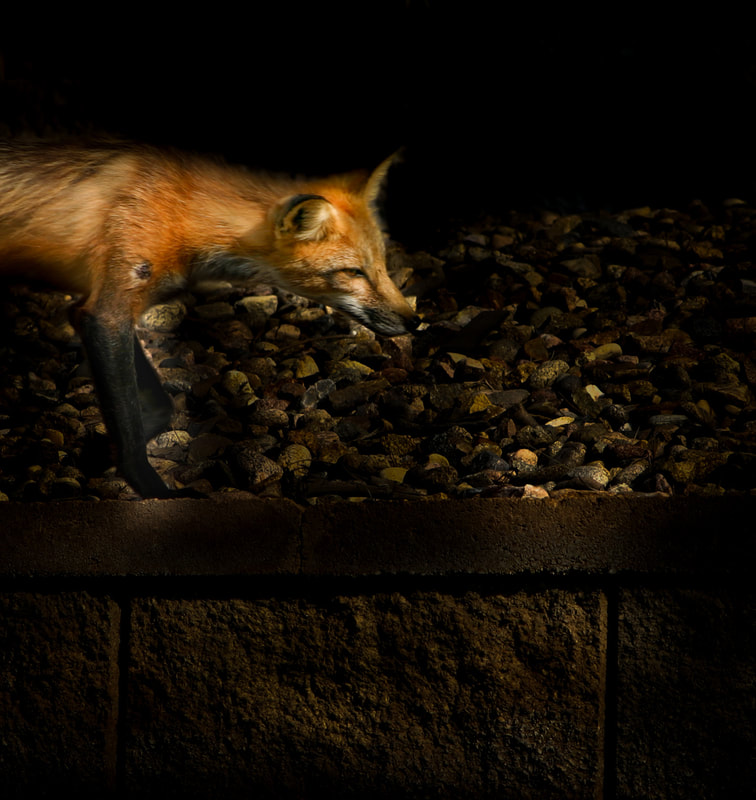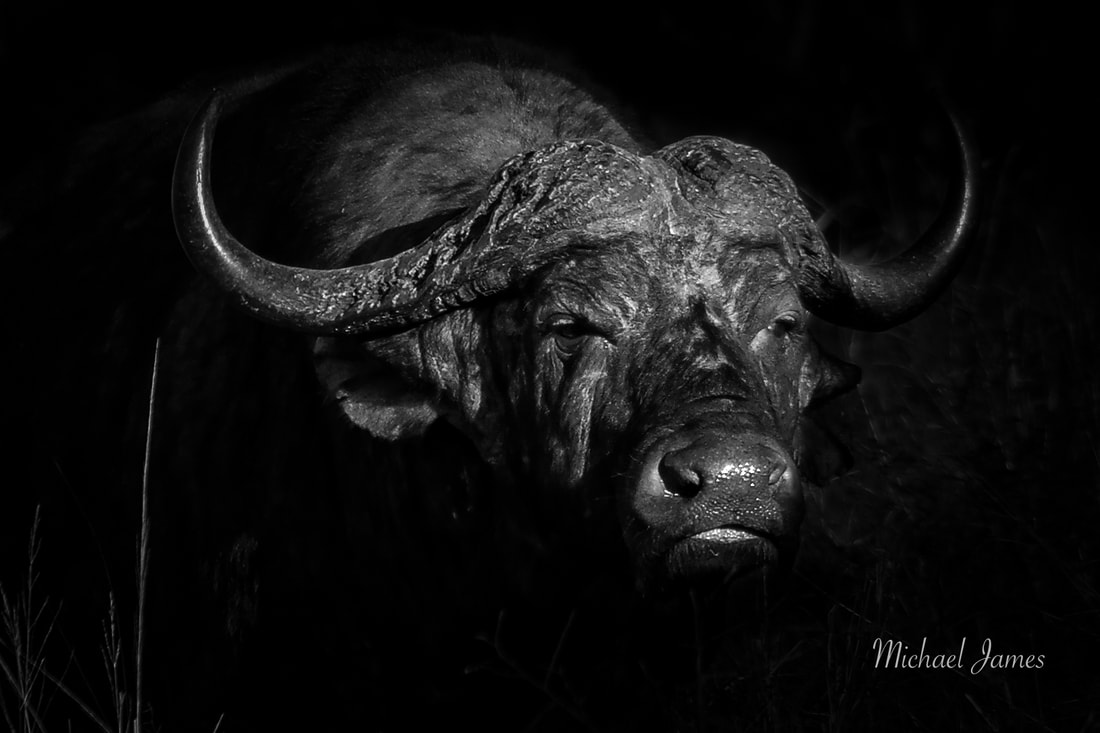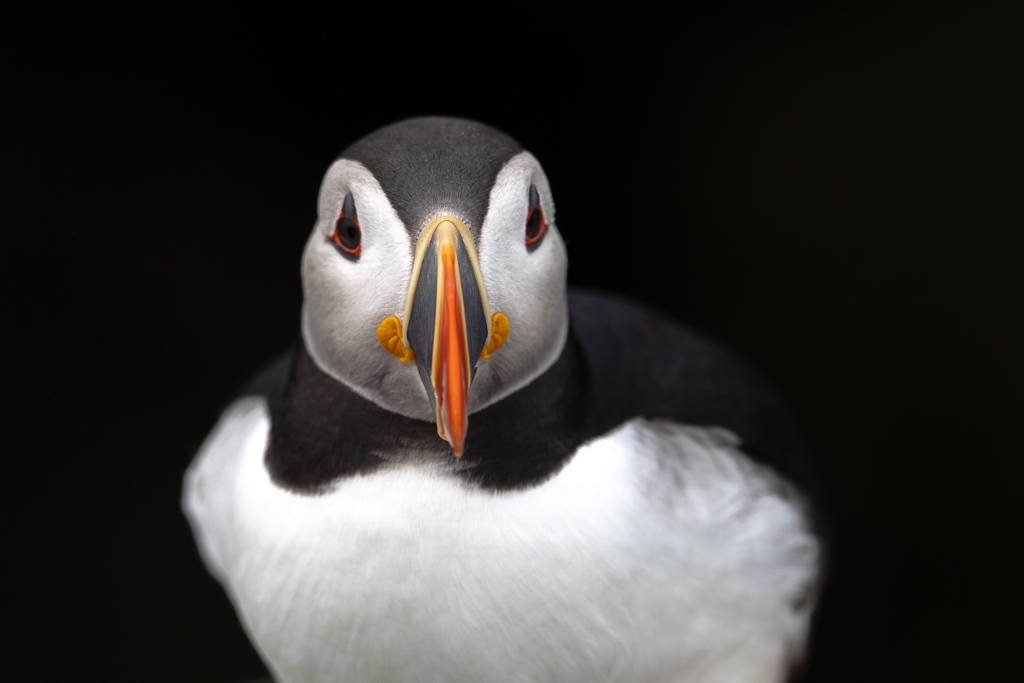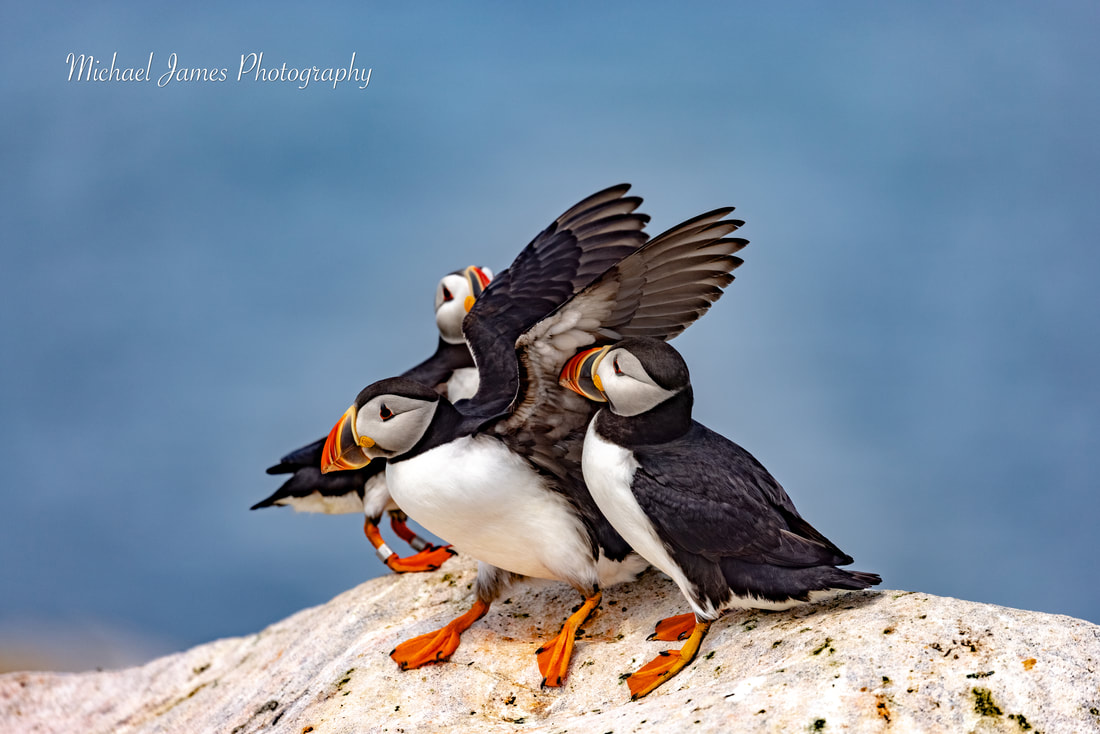My Page
"Safari Sunset" - Africa - 2017
|
Wildlife Photography requires one key element......a love for animals and nature. If you start with that, you will have the motivation to get up with the sunrise and the patience to sit quietly, awaiting the shot. A few quick pointers that I have learned over the years include...
|
"Adopt the pace of nature, her secret is patience." -Ralph Waldo Emerson
Many of these images were taken with an early mirrorless camera(NX300) developed by Samsung which used a Carl Zeiss lens system. Samsung is no longer in that market. I learned the hard way how early adoption of a new system can lead to early extinction.
Today, Canon is my system of choice. The lens glass is top shelf with sharpness and color characteristics few can rival. And the corporate staying power is evident by the powerful systems they are devoting their resources towards. Enter RF Glass and the EOS-R line up.
That said, having imaged wildlife with my 7D Mark II and an EOS R mirrorless, I find that my personal preference is clearly aligned with a DSLR and optical viewfinder. The EOS 1D Mark III, the flagship of this line up, was recently released and acquired. A review will be posted in the coming months.
To obtain equipment reviews and tutorials on my wildlife photography gear, simply refer to my Instagram feed, by clicking on the icon below @wildlife_michaeljames
Today, Canon is my system of choice. The lens glass is top shelf with sharpness and color characteristics few can rival. And the corporate staying power is evident by the powerful systems they are devoting their resources towards. Enter RF Glass and the EOS-R line up.
That said, having imaged wildlife with my 7D Mark II and an EOS R mirrorless, I find that my personal preference is clearly aligned with a DSLR and optical viewfinder. The EOS 1D Mark III, the flagship of this line up, was recently released and acquired. A review will be posted in the coming months.
To obtain equipment reviews and tutorials on my wildlife photography gear, simply refer to my Instagram feed, by clicking on the icon below @wildlife_michaeljames
"Try to tell the story of the wildlife by including their environment in the photo. Not every shot needs to be the classic portrait print."





